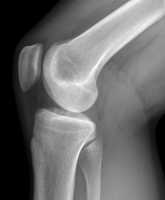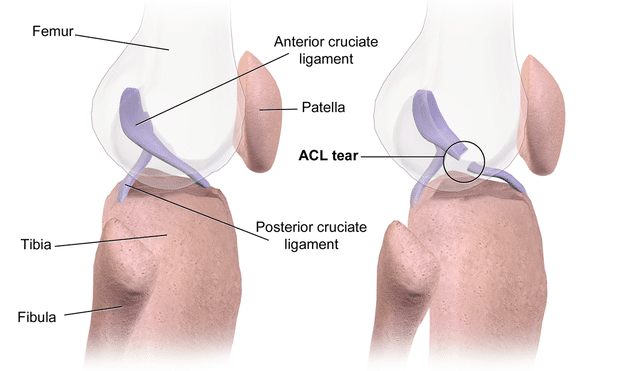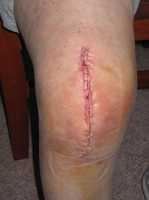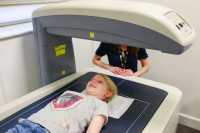Author Interviews, Nature, Nutrition, Orthopedics, Pediatrics / 20.04.2021
Animal Study Finds Ultraprocessed Foods Contribute to Poor Bone Growth
MedicalResearch.com Interview with:
Efrat Monsonego Ornan, Ph.D
Head of School of Nutritional Sciences
Institute of Biochemistry and Nutrition
The Robert H. Smith Faculty of Agriculture,
Food and Environment
The Hebrew University of Jerusalem
MedicalResearch.com: What is the background for this study?
Response: Food supplies in recent decades have been dominated by heavily processed, ready-to-eat products. Essentially, 75% of all world food sales are of processed foods. Over the past 30 years, children’s ultra-processed food intake has increased markedly, with 50% of the children in the US consuming these foods. Only in the US does UPF comprise 58% of energy intake, of which 90% is derived from added sugars. This reflects children’s excessive consumption of food and drink that are high in fat and refined sugars but do not provide appropriate levels of the proteins, vitamins and minerals required for growth.
The negative health outcomes of excessive consumption of Ultra-processed food are well known, include obesity, metabolic syndrome and diabetes, and considered as the current world epidemic; the fact that children, during their postnatal development period (birth to adolescent), are the target of the Ultra-processed food industry is very disturbing in terms of public health. Bone development and growth are the characteristic phenomena of the childhood period. Yet, in spite of the huge importance of nutrition to bone development, the impact of Ultra-processed food consumption on skeleton development during childhood has never been studied directly, and this was the purpose of our study.
To this end, we used young rats which are an excellent pre-clinical model for growth and fed them with either the recommended diet for their age or a diet comprised of a typical Ultra-processed meal (a roll, hamburger, tomatoes, lettuce, ketchup and French fries) and a caloric soft drink. (more…)






























